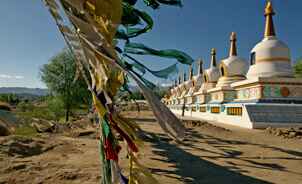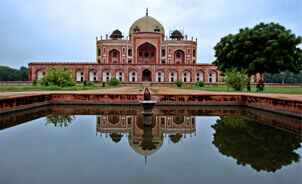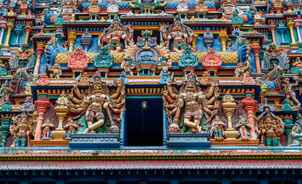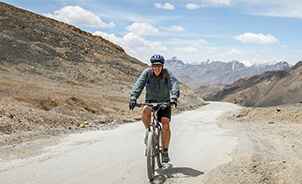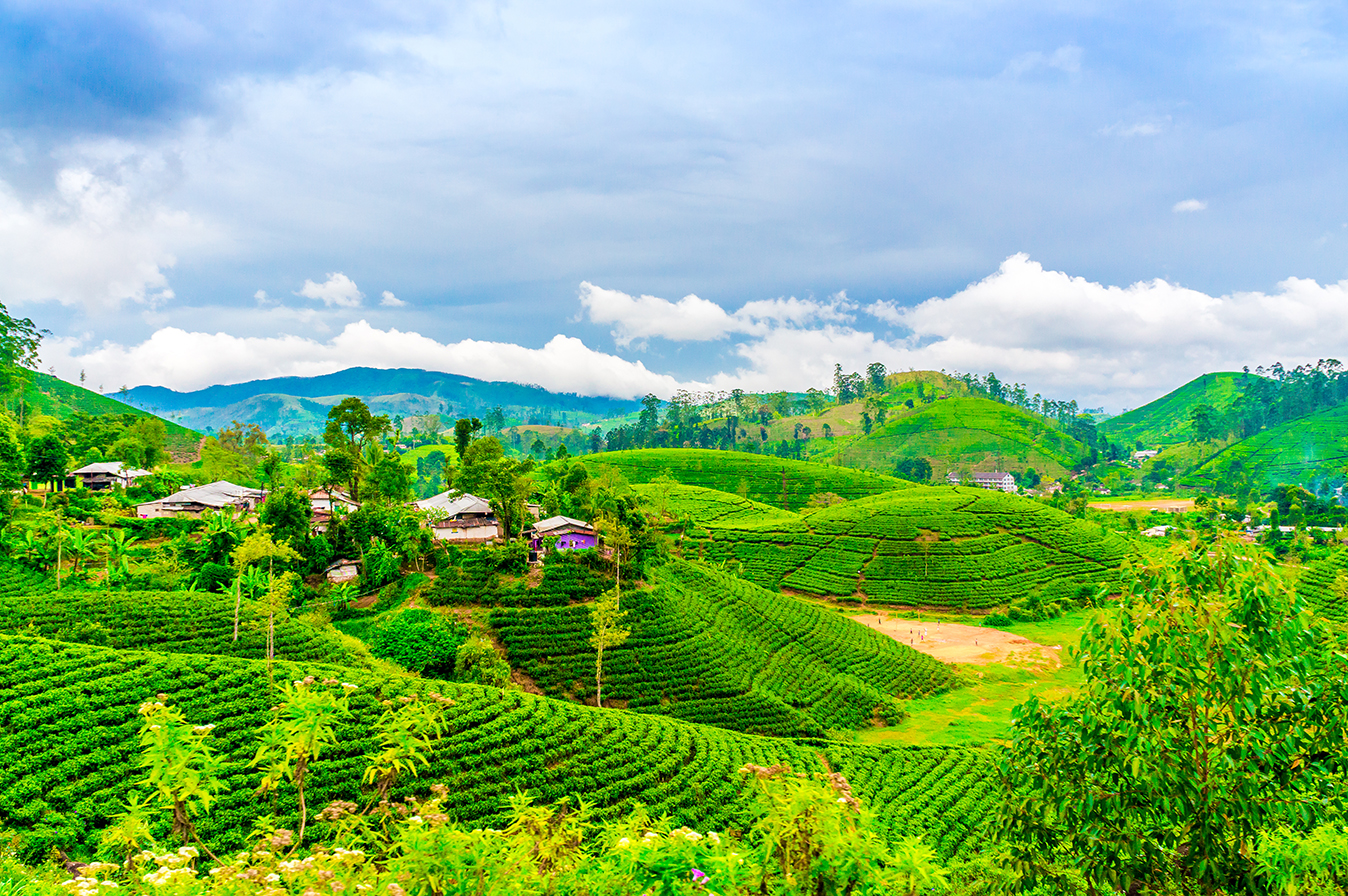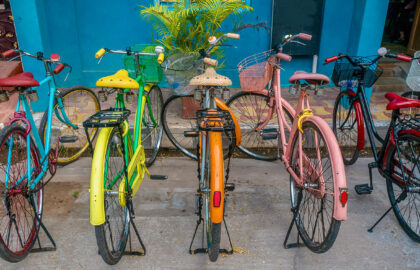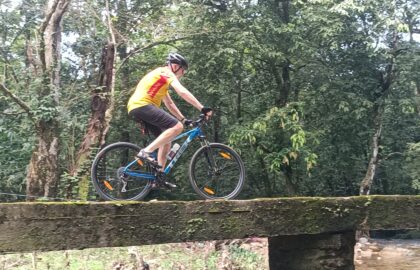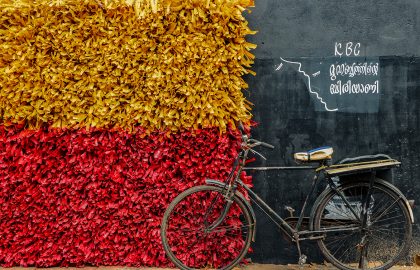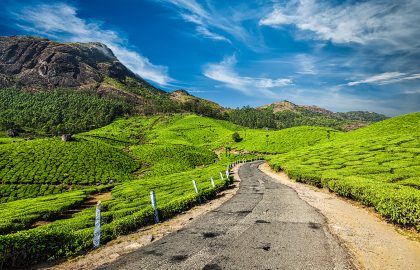Biking to the Western Ghats in Kerala, I was struck by the distinct natural beauty of the hill station of Munnar.
I set out on the Kerala cycling tour with hardly any knowledge of this coastal region other than that gleaned from movies, news, half-forgotten school geography lessons, and idle gossip. And this potpourri of general knowledge scarcely had any titbit on Munnar. So laugh at my GK (or lack of it) if you will, dear reader, but ignorance turned out to be blissful for me in this case. I, along with other bikers on South India cycling holiday, pedalled into this lush green region of Kerala with a blank slate in my head, with no expectations, no preconceived notions, no high hopes.
AND HOW WAS I REWARDED? WELL, JUST IMAGINE HITTING THE JACKPOT WHEN YOU BARELY REMEMBER HAVING BOUGHT THE LOTTERY TICKET.
My suspicion as to Munnar’s bewitching beauty first arose when the Kerala biking trails of our South India tour threw up the maiden glimpse of the sholas. In case your general knowledge of Munnar happens to be just as good (or bad) as mine was, here’s the lowdown. Sholas are patches of trees growing in dense groves in the valleys or on the hillsides in South India. These patches are spread out randomly and are separated by grasslands. So if you can imagine Kerala’s topography in the Western Ghats as a multi-coloured landscape painting, the sholas will appear as random brushstrokes in several shades of green by the shaky hand of an eccentric painter. They are strange, but mysteriously beautiful.
Sighting the sholas was the first jolt I got on the cycling trail from Thattekad to Munnar, and hardly had I recovered when we started coming upon cardamom plantations, spice gardens and tea estates. Now, I’m a slave to my surroundings, particularly in a place that abounds in nature. The fresh air, scented with exotic aromas, gave me a high that beggars description, but suffice to say that I was too taken in to realize how hard biking in the hilly terrain of the Western Ghats was getting. A few of the members of our South India adventure tour group had already packed it in, and were enjoying the beautiful ride to Munnar in the back-up shuttle. Only I, my new buddy Alex ‘the atheist’, and a few others stayed loyal to the road, but at the expense of our breath and stamina.
The cycling route to Munnar is mostly metalled, but the few stretches where the tarmac turns into muddy trail are nothing to crib about, even when it rains. And rain it does a lot in Kerala. You could be out on the road, soaking up the sun on a warm day and hoping to get a tan, when a group of rogue clouds would appear out of nowhere, and before you can pull out your poncho, lo and behold, it starts to rain. And it rains like someone up above turned on a tap and then forgot to turn it off.
We entered Munnar on the third day of our Kerala biking tour soaked to our bones under just such a tap-flow. It was bucketing down and our ponchos and raincoats were of little use, but what an incredible fun it was to cycle in such conditions. The hilly town of Munnar was shrouded in clouds. Mist and fog was rising up from the green valleys. The occasional thunderclaps and lightening would light up the evening for an instant and send a quick shiver down our sodden spines. But we the intrepid bikers on Kerala cycling adventure pushed on until we had the cosy comforts of our hotel for the night.
Any place blessed by nature’s beauty tends to fall prey to feckless commercialization by tourism, and – sorry to say – Munnar is no exception. Its pleasant weather and its elevation of about 1600 metres makes it a popular honeymoon destination, and has also earned it the nickname ‘Kashmir of South India.’ Our biking tour of Munnar on the fourth day of the Kerala cycling trip convinced us that the title isn’t given in jest.
Just a few kilometres of the morning ride after an early breakfast took us to the gorgeous Attukul waterfall, and a little way on, we biked past the serene Mattupetty Lake on the namesake dam. The temptation to stop by and wet our toes and click a few snaps was strong, but we pushed on and had our first cycling break at Munnar Tea Museum.
The most beautiful part of Munnar are its tea plantations. Bright green tea shrubs carpet the hilly landscape and stun the eye with their lushness. Narrow paths streak through these leafy rugs, and on these paths one can see workers picking tea leaves with hand movements that look almost choreographed. Such was the sight from the road leading up to the tea museum, where our Kerala bikers group was given a short tour and introduced to different varieties of tea grown in these parts.
Our day tour of Munnar kept getting better and better as we headed to a place called Top Station. On the way, we took a breather at Kundala Lake and enjoyed a boat ride and got our toes wet as well. But Top Station is the place to head to if you want a 360 degree view of the Western Ghats. At the height of 1800 meters, Top Station might appear as the highest point in the vicinity, but it is not.
The highest point is the summit of Anamudi hill, located in Eravikulam National Park, not far from Munnar. Only mountain climbers can tame Anamudi as there are no cycling routes to its top, but there is plenty to do at the national park itself. Wildlife is found in abundance – the Nilgiri Tahr goat being its prime attraction – to keep you busy for a whole day.
Here, at Eravikulam, the birder in my biker friend Alex ‘the atheist’ came alive again, and got busy spotting out for us many exotic birds – a Nilgiri Pipit here, a Nilgiri Wood Pigeon there, and a Kerala Laughing Thrush up in the branches. What he didn’t sight, but most hoped to, was the Great Hornbill, the state bird of Kerala.

